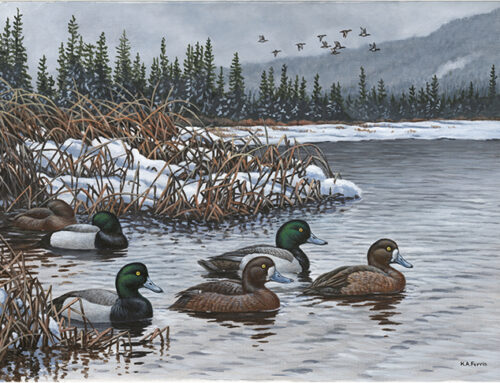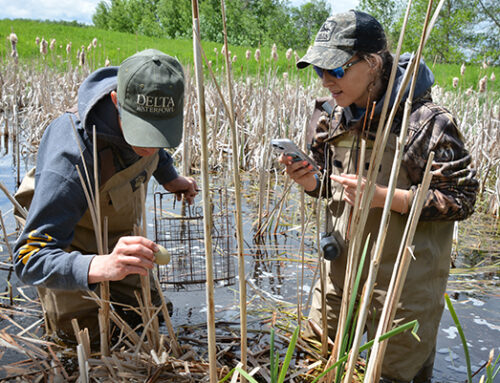Breaking News: USFWS Cancels Waterfowl Breeding Population and Habitat Survey

For the first time since 1955, the U.S. Fish and Wildlife Service and Canadian Wildlife Service will not conduct the Waterfowl Breeding Population and Habitat Survey. Citing Covid-19 restrictions and the welfare of biologists, the announcement was made about a week before the survey was scheduled to begin.
“Decisions to cancel the May survey … were based on our priority of protecting the health and safety of the American public, our partners, and our employees,” Ken Richkus, chief of the USFWS Division of Migratory Bird Management, wrote in an email. “In addition, severe domestic and international travel restrictions also made many operations impossible.”
The annual survey estimates the breeding populations of key North American ducks and geese and assesses habitat conditions, and therefore it is critical to establishing waterfowl hunting dates and daily bag limits for the subsequent year. Importantly, the USFWS says it fully expects to allow waterfowl hunting during the 2021-2022 season. (Regulations for the coming season were based on the 2019 survey.) However, given that survey data will be missing, the USFWS is developing a plan to establish season frameworks based on long-term population data for the 2021-2022 season.
“For the general duck seasons, the Service will use the long-term data and models to predict 2020 spring abundances of ducks and habitat conditions in place of the spring 2020 data, which cannot be collected,” the USFWS wrote in a ‘questions and answers’ document. “The results from these predictions will be combined with the existing harvest strategies to determine appropriate levels of harvest for the 2021-2022 season. This will ensure the sustainability of ducks and provide hunting opportunities for the American public.”
Regulations for species with more conservative bag limits, such as pintails, bluebills, canvasbacks and black ducks, will be determined similarly, using long-term data and models to predict 2020 spring breeding populations.
Fortunately, there is no shortage of that long-term data, given that the USFWS and CWS have been surveying waterfowl for the last 65 years. Additionally, the long-term data indicates that most populations are above long-term averages and management goals.
“I look forward to working (with state and federal wildlife agencies) to address these current challenges and to continue our support for public enjoyment and conservation of our migratory bird populations,” Richkus wrote. —Kyle Wintersteen






I AM AMAZED AT USFWS CANCELING THE 2020 SURVEY. WE HAVE
HAD BAD SEASONS FOR DUCKS IN ATLANTIC FLYWAY FOR YEARS, SO
I GUESS THAT MORE DATA IS NOT NECESSARY TO DETERMINE WHAT IS
GOING ON WITH OUR WATERFOWL.
SURVEYS ARE CONDUCTED BY PLANE, AND I HAVE NOT HAD ANY PROBLEMS
FLYING IN MY PRIVATE PLANE.